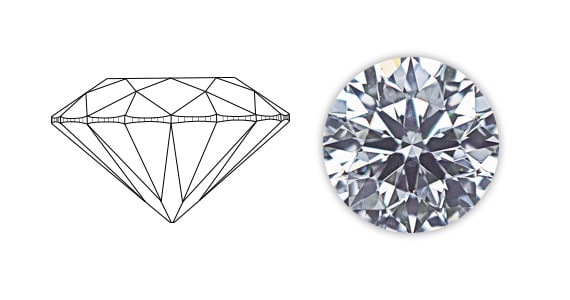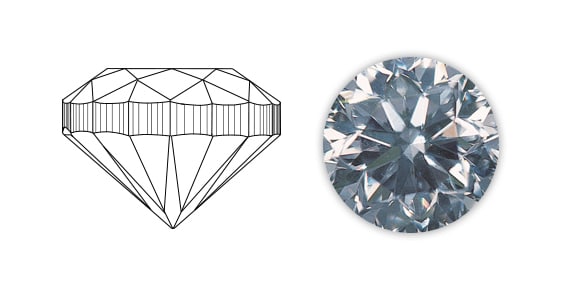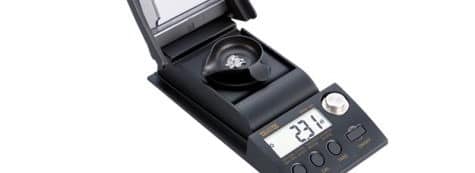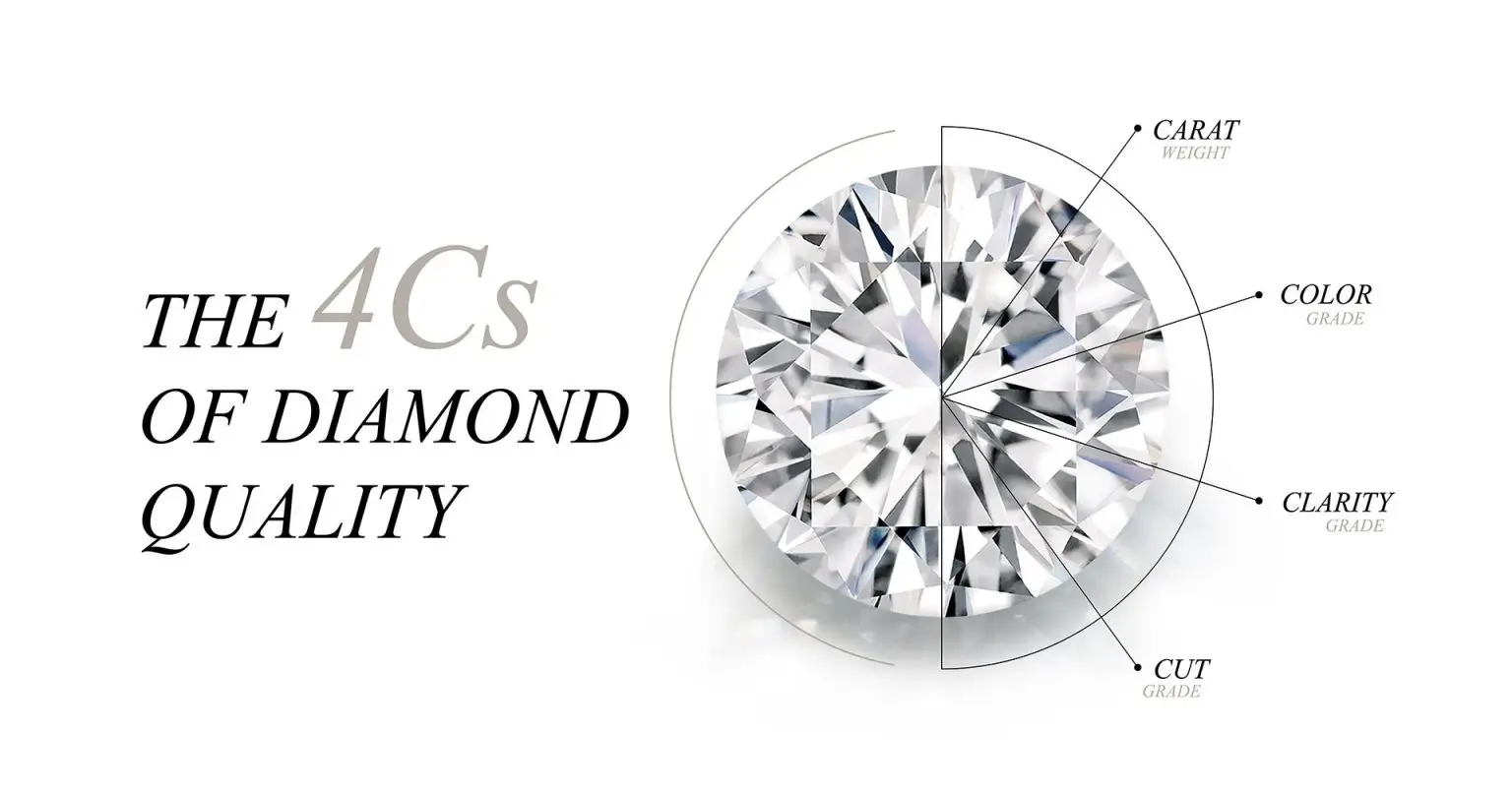For centuries, diamonds have captivated women and are recognized as symbols for status, love and desirability.
In general most guys take an average of 3-6 months from the start of their diamond search to making a final purchase. Despite having spent many hours doing research, most people still find diamond shopping a very daunting process.
Purchasing diamond jewelry is not as straightforward as buying a pair of shoes or a new handbag. When we are talking about an item that can cost thousands of dollars, it is paramount that you know what you buying exactly and making a purchase only when you are 100% sure. Otherwise, you may likely end up with buyer’s remorse.
Let’s start with the basic.


cut
Cut quality is the factor that fuels a diamond’s fire, sparkle and brilliance. The allure and beauty of a particular diamond depends more on cut quality than anything else. In the grading laboratory, a diamond’s cut grade is assessed based on a combination of its performance, proportions, symmetry and polish.
When a diamond is poorly cut, light leaks out from the pavilion facets of the diamond which diminishes its brilliance and sparkle. In a well cut diamond, light that is drawn into the diamond will reflect and refract back into the viewer’s eyes as brilliance and fire.
Cut is arguably the most important factor that affect a diamond’s appearance.

Diamonds and other gemstones are weighed in metric carats: one carat is equal to 0.2 grams, about the same weight as a paperclip.
Carat weight is probably the first C that comes to mind whenever people talk about diamonds and most people believe that larger is better. Carat size is often deemed as the most important attribute that women look out for when receiving an engagement ring.
One common misconception about carat weight is that it is a measure of the diamond’s size. This only partially true, as a dollar is divided into 100 cents, a carat is divided into 100 points. But two diamonds of equal carat weight can have very different values depending on the other members of the Four C’s: clarity, color and cut.

Diamond color is all about what you can’t see. Diamonds are valued by how closely they approach colorlessness – the less color, the higher their value. The exception to this is fancy color diamonds, such as pinks and blues, which lie outside this color range.
GIA’s color-grading scale for diamonds is the industry standard. The scale begins with the letter D, representing colorless, and continues with increasing presence of color to the letter Z, or light yellow or brown. Each letter grade has a clearly defined range of color appearance. Diamonds are color-graded by comparing them to stones of known color under controlled lighting and precise viewing conditions.
Many of these color distinctions are so subtle as to be invisible to the untrained eye. But these slight differences make a very big difference in diamond quality and price.

The clarity rating of a diamond is influenced by a combination of factors like type, amount, relief and location of its inclusions.
Every diamond is unique. None is absolutely perfect under 10× magnification, though some come close. Known as Flawless diamonds, these are exceptionally rare. Most jewelers have never even seen one.
The GIA Clarity Scale contains 11 grades, with most diamonds falling into the VS (very slightly included) or SI (slightly included) categories. In determining a clarity grade, the GIA system considers the size, nature, position, color or relief, and quantity of clarity characteristics visible under 10× magnification.
- Flawless (FL) – No inclusions or blemishes are visible to a skilled grader using 10× magnification
- Internally Flawless (IF) – No inclusions and only blemishes are visible to a skilled grader using 10× magnification
- Very, Very Slightly Included (VVS1 and VVS2) – Inclusions are difficult for a skilled grader to see under 10× magnification
- Very Slightly Included (VS1 and VS2) – Inclusions are minor and range from difficult to somewhat easy for a skilled grader to see under 10x magnification
- Slightly Included (SI1 and SI2) – Inclusions are noticeable to a skilled grader under 10x magnification
- Included (I1, I2, and I3) – Inclusions are obvious under 10× magnification and may affect transparency and brilliance
4Cs of Diamond Quality – Order of Importance
There’s biggest misconception and mistake that high clarity (e.g. Internally Flawless) and high color (e.g. D rating) are required for a diamond to be beautiful and sparkly.
In real life, the differences in the face up view are minimal but the differences in costs due to the color/clarity grades are very significant. Even as a trained professional, a well cut SI1 diamond without using magnification tools sparkles just as well as the VVS1 diamond.
Don’t get it wrong, there’s nothing wrong with buying a D/IF diamond if you need the symbolic reasons behind it.

